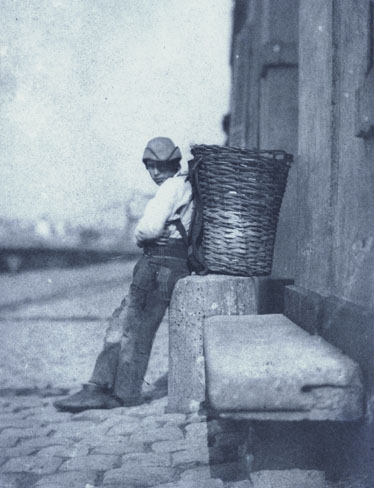The ragpicker's badge
Has he got his badge, this young ragpicker?
For from 1828 onwards the trade of the chiffonnier or ragpicker was regulated. A royal decree required ragpickers to wear a badge issued by the Police Department and to carry a small broom with which to "sweep up the mess after they have searched through a garbage heap" and a lantern.
As time passed the name of this occupation kept changing: in the 13th century it was locquetière, then pattier, drillier, and finally chiffonnier... all these names derived from the various kinds of rags they collected (loques, pattes, drilles, chiffes). The ragpicker was later known as the biffin after the biffe or iron hook used for raking through the refuse.
These badges were initially distributed to former convicts and prisoners in exchange for "information"—which did nothing to improve the reputation of the profession—then to old men and cripples, and finally to anyone who requested them, even children.











